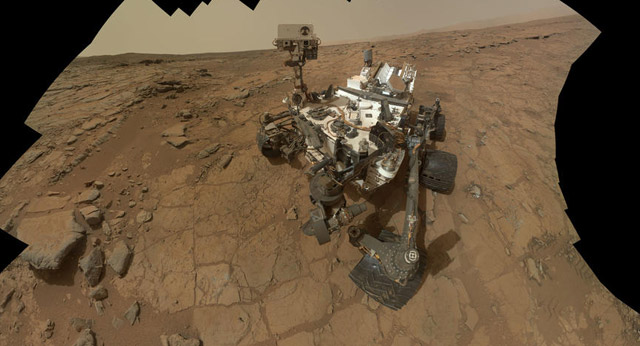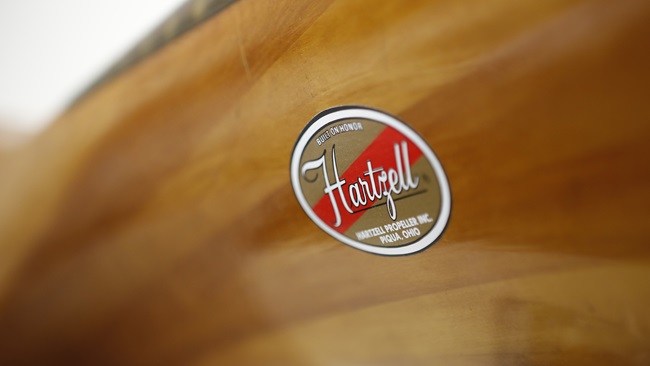 Image Credit: NASA/JPL-Caltech/MSSS
Image Credit: NASA/JPL-Caltech/MSSS
Sometimes the planets line up just right.
March 12 was such a day, as NASA revealed that data gathered by the Mars rover Curiosity had given a “yes” answer to whether the planet might have once supported a habitable environment, based on analysis of a rock found near an ancient stream bed.
On the same day, the NASA/JPL Mars Science Laboratory/Curiosity Project Team learned that another pending question had been answered in the positive: The National Aeronautic Association announced that the team had won the 2012 Robert J. Collier Trophy “in recognition of the extraordinary achievements of successfully landing Curiosity on Mars, advancing the nation’s technological and engineering capabilities, and significantly improving humanity’s understanding of ancient Martian habitable environments.”
Mars has had a good year. The March 12 report that the sedimentary rock provided evidence of a microbe-friendly environment was the latest in a series of extraterrestrial extras that have kept the earthbound spellbound, especially after Aug. 5, 2012, when Curiosity landed on the Martian surface and began transmitting images to Earth.
Nor has the saga lacked some dramatic juxtaposition of gravity and gravitas: A day before the rock’s consequential chemistry was announced, Curiosity snapped back from an unearthly strain of corrupted computer memory.
The “glitch”—NASA’s word—stemmed from causes that remain, let’s say, out there. Redundancy in the form of a backup computer kept Curiosity curious, and briefly, operating in a protected mode in the meanwhile.
Curiosity’s compromised condition did not curtail the shower of news flashes from Mars. On March 7, NASA announced that its Mars Reconnaissance Orbiter had, over time, produced images allowing the reconstruction, in three dimensions, of subsurface Martian water channels. That gave scientists a look at features long buried by volcanic activity, and proved the importance of orbital sounding radar in Mars research.
A ‘most competitive process’
With Mars’ star on the rise, it was no understatement by NAA, when conferring the award on Curiosity’s team, to assert that “the list of Collier winners represents a timeline of air and space achievements, marking major events in the history of flight.”
NASA/JPL emerged as first among elites in a seven-way race to win the 2012 Collier Trophy, a contest NAA described as the most competitive in many award cycles. Each competitor could lay claim to having pushed back frontiers in aerospace. The nominees included Lockheed Martin’s Cargo Unmanned Aerial System; another NASA entry, the NASA/Jet Propulsion Laboratory’s Dawn Project Team that is probing the solar system’s earliest epoch; Gulfstream’s G650 business jet; the Air Force’s special-mission turboprop MC-12 Project Liberty Team; high-altitude skydiver Felix Baumgartner and the Red Bull Stratos Team; and the NASA/JPL Voyager Interstellar Mission Project Team.
“As every member of the Selection Committee can attest, this was the most competitive Collier Selection Process that we have experienced in many years,” said NAA Chairman Walter Boyne, who chaired the selection panel. “Every nominee came to the committee with significant accomplishments and achievements during the year as well as energized and comprehensive presentations.”
The Collier Trophy will be presented at the annual Robert J. Collier Trophy Dinner on May 9 in Arlington, Va.



